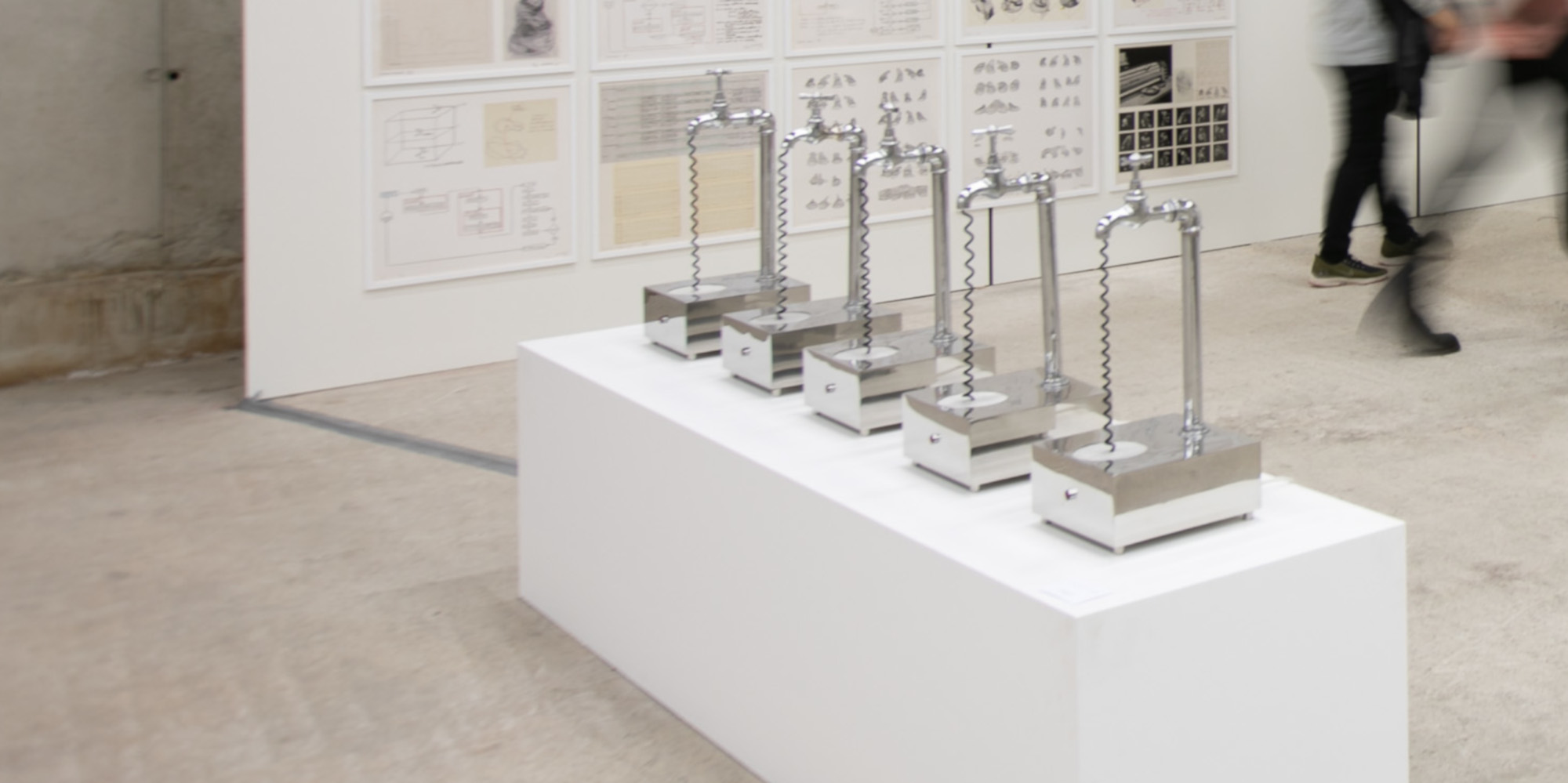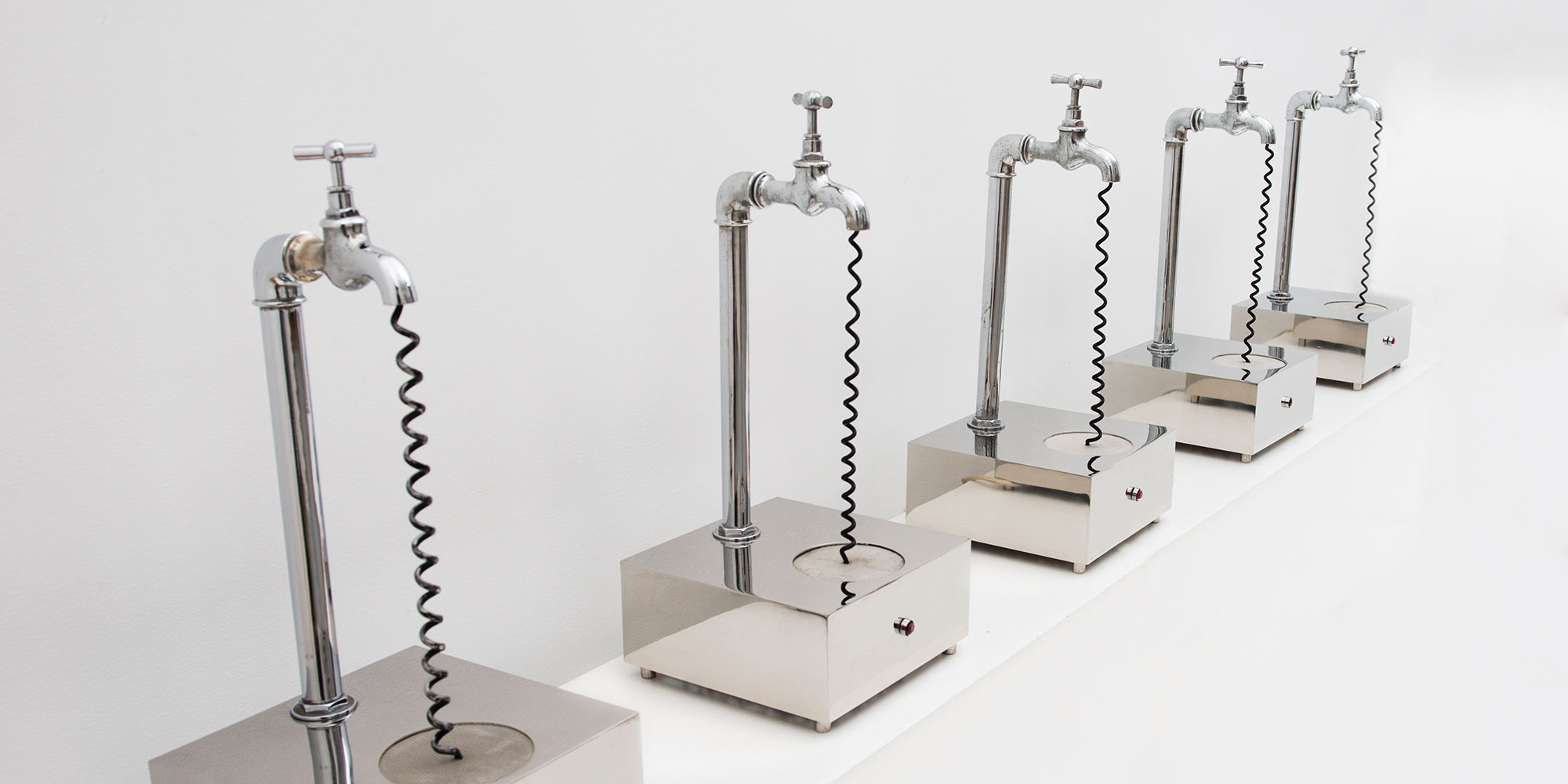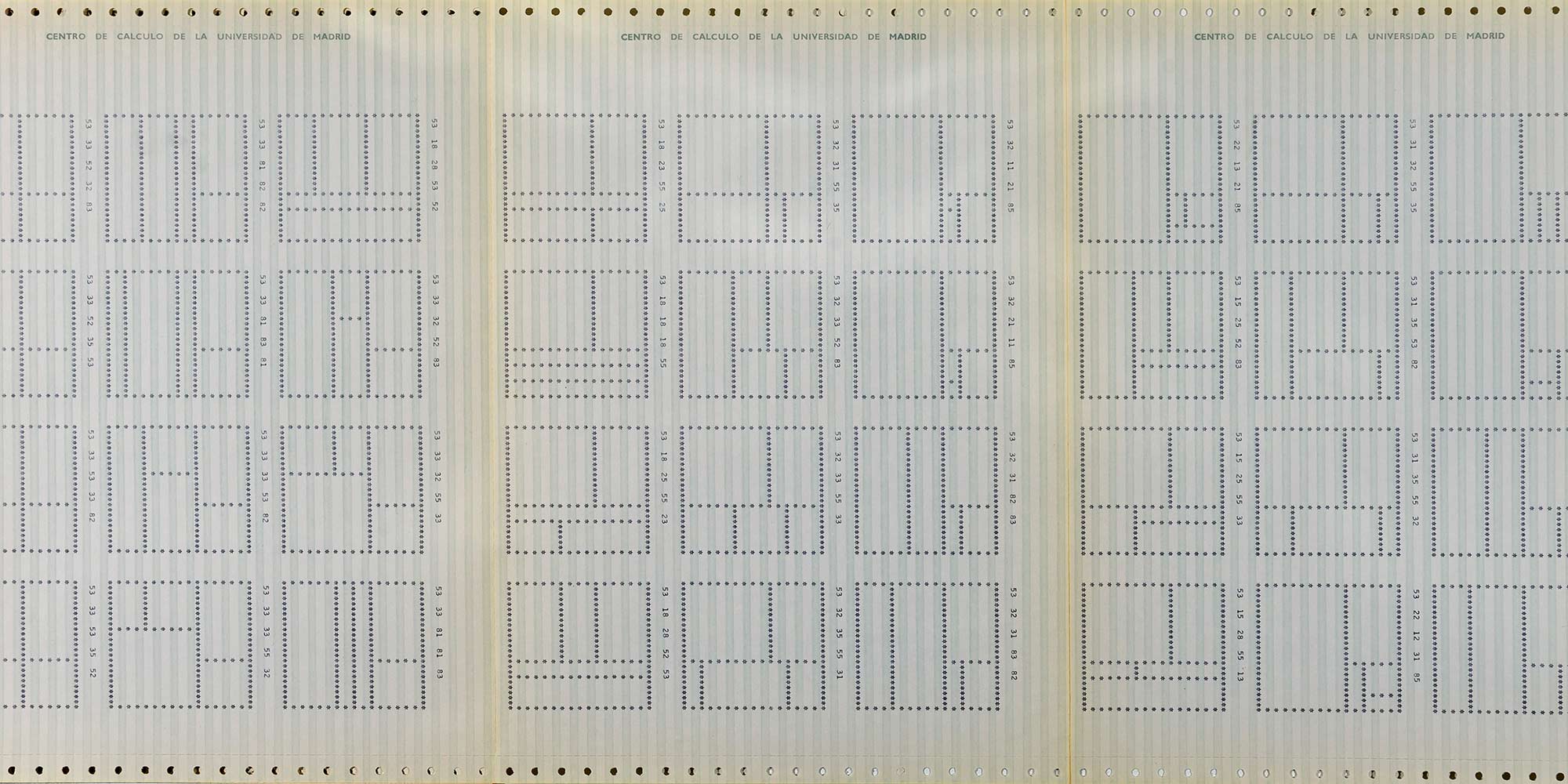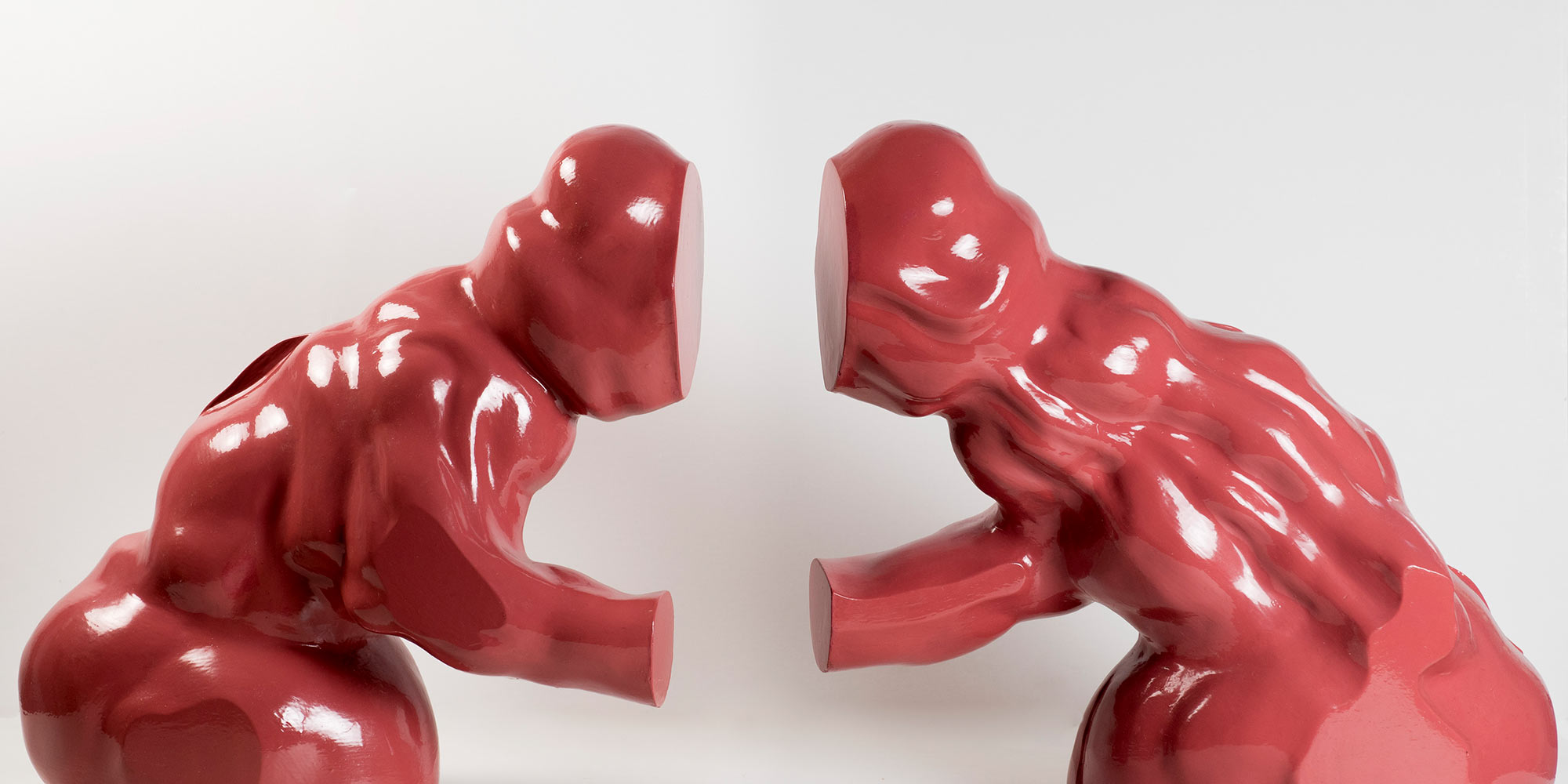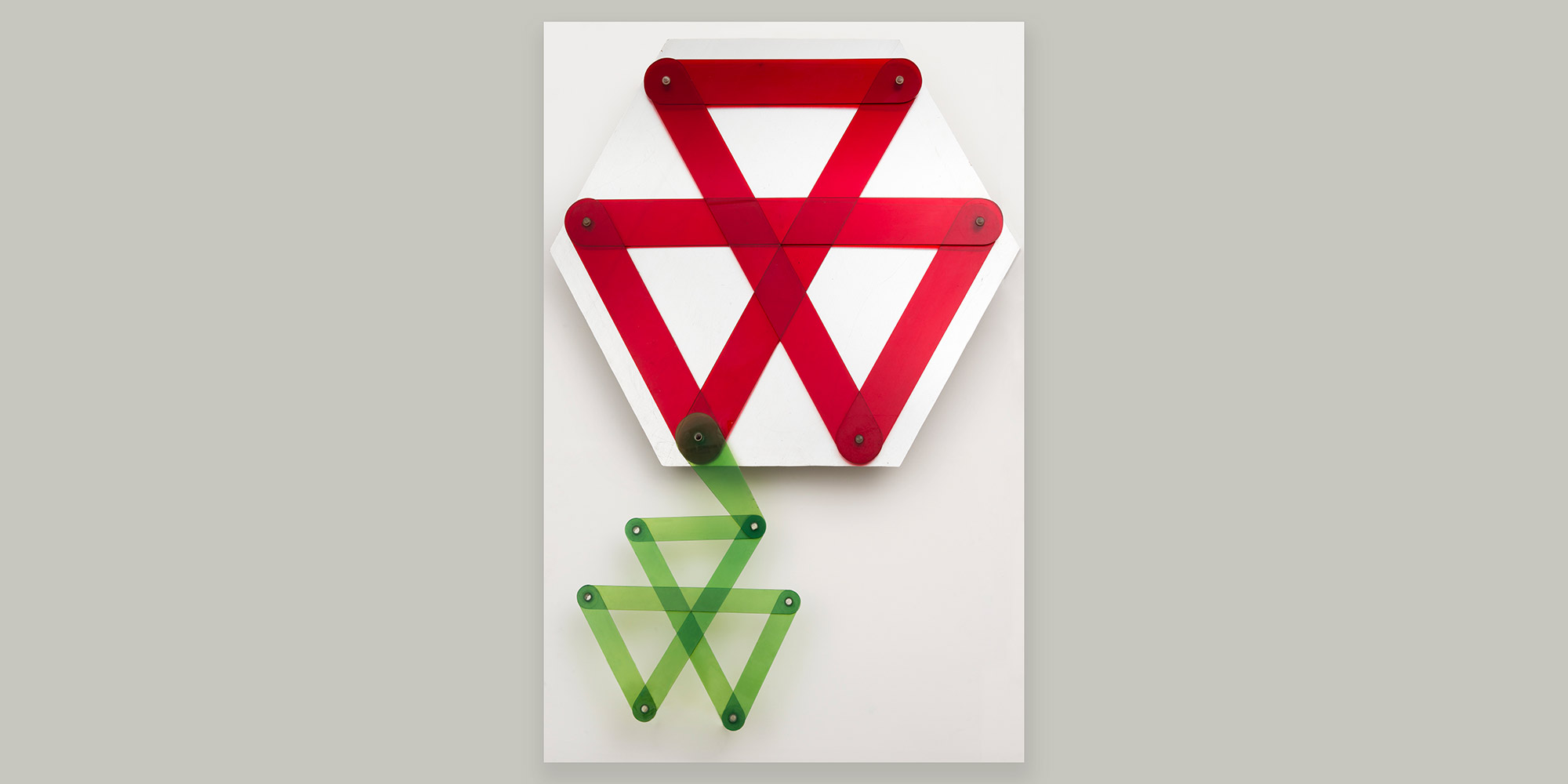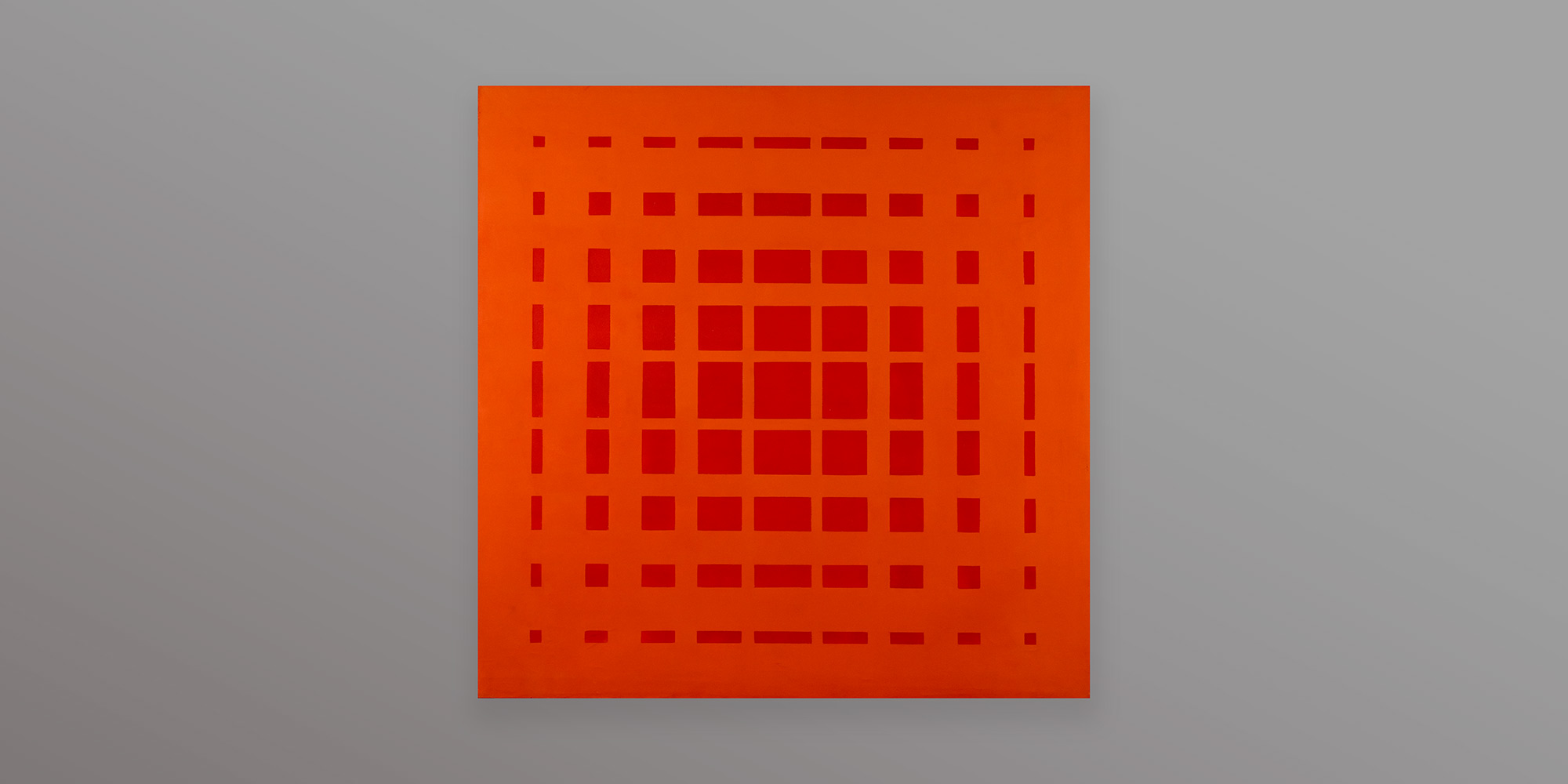The Computation Center at Madrid University (CCUM) is an example of how computation centers, mathematicians and some private computer companies became generators of interaction between technology and other disciplines. In January 1966, Madrid University reached an agreement with IBM to set up a computation center which was, however, not officially opened to the public until March 1969 (so in 2019 we are celebrating the 50th anniversary of that event). IBM agreed to give an IBM 70904 and an IBM 14015 computer to Madrid University and contribute the equivalent of 18,000 euros per year for research scholarships. This center was the first computation center in Spain and these computers were two of the most advanced computers in Europe at that time. Before this center was opened in Madrid, there were only small computers in some departments of various Spanish universities. This is the reason why, although this center was integrated into the Madrid University structure, it was thought to be open to all research and education centers in Spain. Its initial purpose was to foster the use of new mathematic calculation techniques in research and education in Spain, and to support the calculation needs of the Spanish university community. Thus, CCUM’s initial activities were grouped in two main sections: calculation support for University departments, and computer and programming training for students and other professionals not only in Madrid, but all over Spain.
However, it is obvious that there were not only educational or scientific interests but also commercial and economic reasons for the setting up of CCUM. IBM had an obvious interest in selling computers to Spanish universities, the agreement and the donation being intended as just a first step towards future sales. That is why there was a clause in the agreement stipulating that the donated computers would be used only for research and not for routine tasks. Thus, IBM would be able to sell numerous computers for administrative work to the universities. However, what could initially be considered a limitation for CCUM’s mission was the key for future evolution of the Center’s activities and goals.
During its first four years, the CCUM was not only a calculation center and a computation training organization, but also a discussion place for intellectual and artistic debate about the role of computers in society. Although there were other workshops dedicated to learning, automata, the construction industry, health service, music and other subjects, the most active and productive ones were these three seminars: Mathematic Linguistics, Automatic Generation of Architectonic Spaces, and a specific seminar for visual arts: Analysis and Generation of Plastic Forms.
Along with theoretical debates, artists and architects worked together with programmers to try to generate programs that would help them understand their own artwork or to generate their art pieces themselves, works that were shown in different exhibitions. These works were connected to predominant contemporary international artistic trends in computer art. From the beginning CCUM executives were aware of the CCUM’s pioneer character, not only in Spain but in the world, and developed an amazing international network of experts, artists, theorists and centers specialized in many different domains to enrich the participants’ experience. A number of those international professionals were invited as lecturers or exhibition participants and several CCUM staff members were also sent to international events. For example, Nicholas Negroponte, who had founded MIT’s Architecture Machine Group in 1967, gave a lecture in May 1971 about “Architecture and Machines”; or Abraham Moles spent some days lecturing at CCUM in February 1970. Or Nees, Nake, Noll, Lecci, Mezei or Milojevic participated in the exhibition “Generation of Plastic Forms” organized at CCUM in 1970.
Even in February 1972, when the first signs of decay in seminar activities had already emerged, CCUM, together with the Goethe Institute and Siemens, organized three weeks of events and exhibitions about art and computers, in which a remarkable group of international artists and theoreticians participated, including Max Bense, father of information aesthetics.
Unfortunately, seminar activity decreased gradually in 1973, and in 1974 the CCUM was restructured. After that, the CCUM would only focus on computing and calculation. Nevertheless, lively memories about an exceptional and creative period in Spanish art history still remain in some of their participants, and the CCUM’s interdisciplinary spirit is an inspiration for a new generation of artists who dream about having a place where truly interdisciplinary and high-level discussion can take place on a permanent basis.
